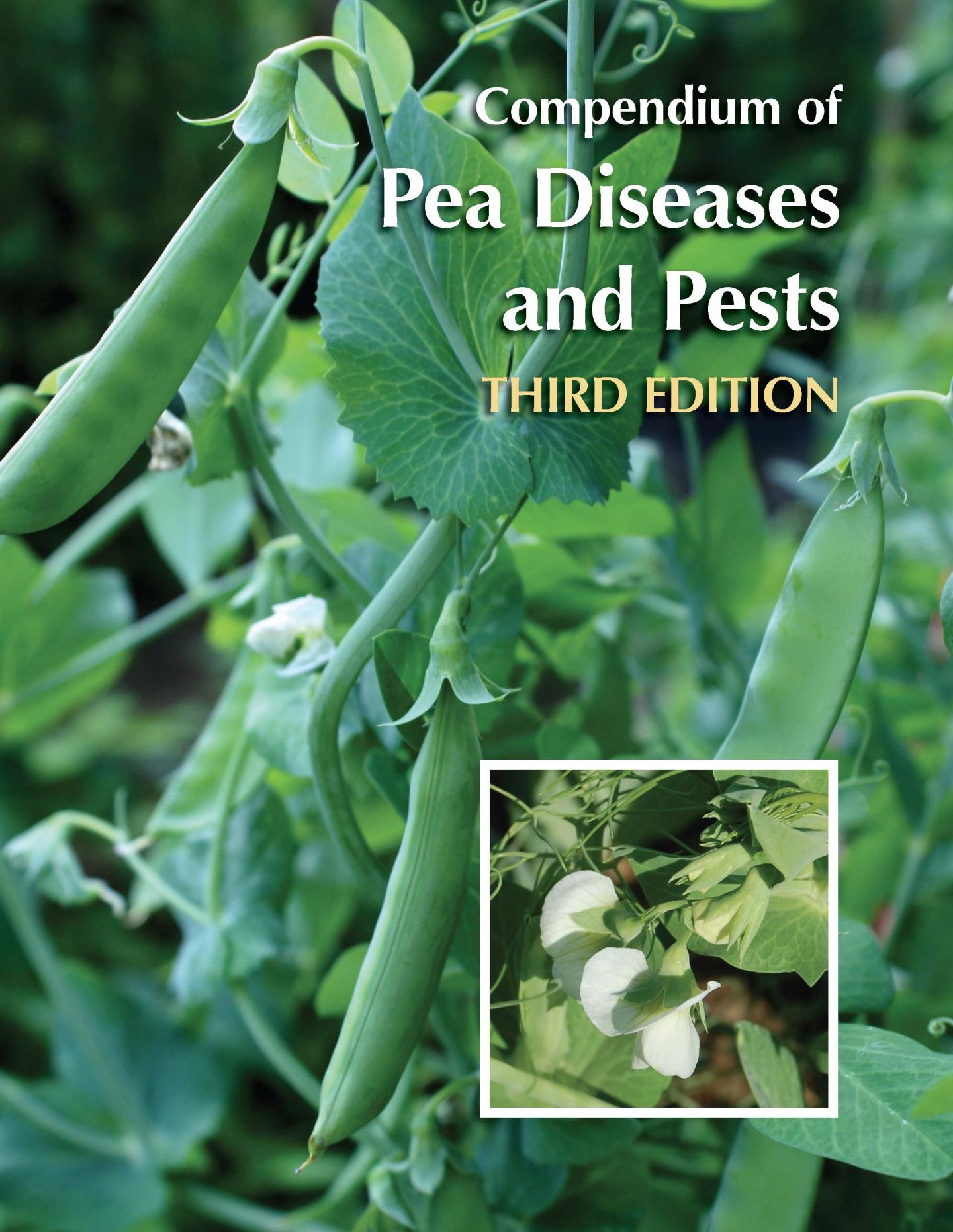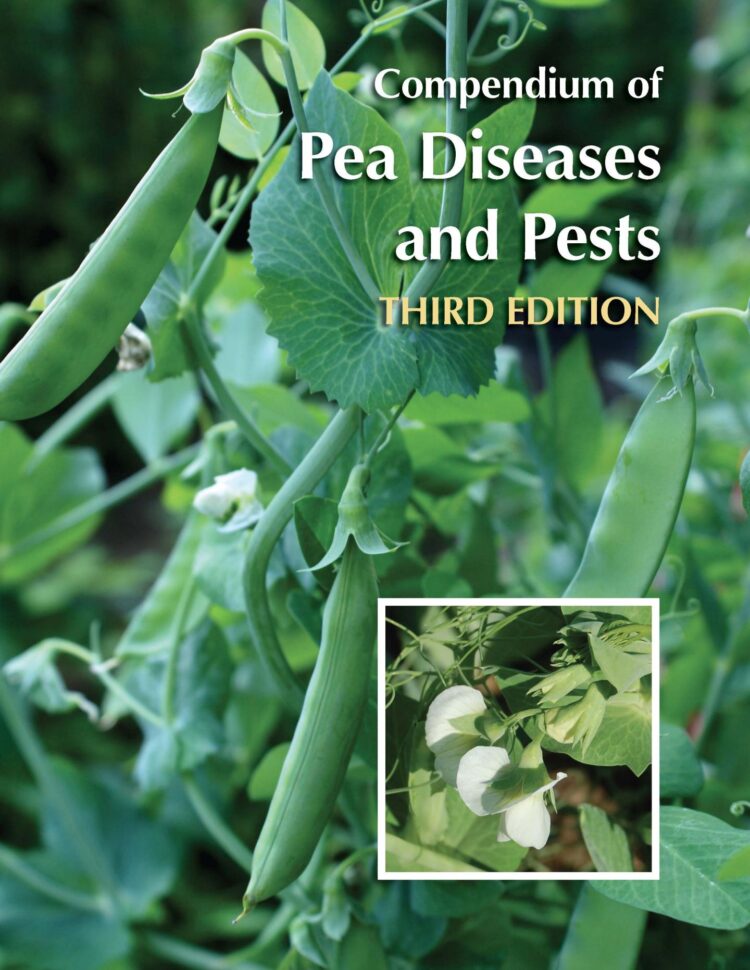
Credit: APS PRESS
Since publication of the second edition of Compendium of Pea Diseases and Pests by APS PRESS almost two decades ago, pea production acreage has increased tremendously in response to rising consumer demands for healthy foods and sustainable production systems. APS PRESS has responded to these changes with a timely revision that documents, collates, and presents pea production problems in a single, comprehensive volume.
Divided into three parts–Infectious Diseases, Insect Pests and Their Natural Enemies, and Noninfectious Disorders–this third edition offers updated disease and pest descriptions and identification information, along with pathogen and insect life cycles. It also includes sections on nutrient disorders and abiotic and vertebrate damage, as well as a new introduction with brief histories of pea usage and production and discussion of the botany of the pea plant. Coverage is provided of all types of peas, including those that utilize both pods and seeds.
This new edition includes 205 high-quality images–more than 90% of them new. The editors placed special emphasis on providing more images of plant injury symptoms caused by herbicides and nutritional deficiencies, along with pathogens and insects. A comprehensive glossary; an appendix with a list of the common names of diseases, disorders, and insect pests; and an index provide useful tools for readers.
With contributions from almost 50 scientists affiliated with organizations from seven countries, this compendium will serve as the preeminent guide about pea diseases, disorders, and pests worldwide. It will provide a comprehensive and reliable reference for field workers, diagnosticians, Extension specialists, agronomists, horticulturalists, entomologists, home gardeners, and other agriculture and horticulture professionals and enthusiasts, along with plant pathologists concerned with the production of pea.
Compendium of Pea Diseases and Pests, Third Edition, is available now through the APS PRESS bookstore and expected to ship in November. The Compendium of Plant Diseases and Pests series includes more than 40 crop-specific books that provide high-resolution images and comprehensive yet easy-to-follow management recommendations to help users diagnose and treat diseases, disorders, and pests in the field, greenhouse, orchard, and lab. See the complete series.
###
Media Contact
Ashley Bergman Carlin
[email protected]





